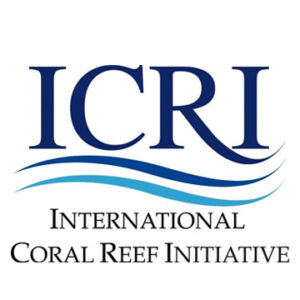Adult coral colonies are sessile organisms, meaning they stay in the same place for thousands of years, however, they spend their early life as mobile larvae, which can disperse tens to hundreds of kilometers shaping the genetic diversity of coral reefs. Similarly, fish and invertebrate species impact coral reef ecosystem dynamics and local communities as they traverse seascapes as larvae and adults. Understanding coral reef connectivity and using this information in management decisions, such as designing marine protected area networks, can be a powerful tool to build resilience.
This webinar explored two different approaches to gain insight into coral reef connectivity: a hydrodynamic model and population genetics. Experts presented on the two techniques, including what these techniques can and cannot tell us, and showcased how each approach has been used to support management in the Pacific Islands. These presentations were intended to help marine managers understand which approach may work best for the scale, budget, and timeline of their decision-making process.
Presenters:
- Dr. Annick Cros – Science and Training Specialist, Reef Resilience Network, The Nature Conservancy
- Dr. Courtney Cox – Founder and Director, Barefoot Ocean
- Nicole Crane, MSc, MAR – Executive Director, Smith Fellows Program; One People One Reef
- Jun Amolo – Director in Marine Science and Governance, Rare
Additional Resources
-
Connecting Palau’s Marine Protected Areas: A Population Genetics Approach to Conservation
-
Population Genetic Structure Between Yap and Palau for the Coral Acropora hyacinthus
This webinar was brought to you by the Reef Resilience Network through the generous support of NOAA’s Coral Reef Conservation Program and The Nature Conservancy in partnership with the International Coral Reef Initiative (ICRI) as part of their #ForCoral webinar series.




